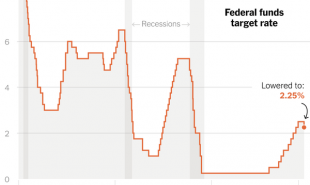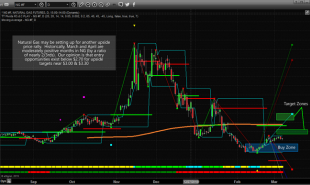
Are Petrocurrencies Heading For Extinction?
Authored by Irina Slav via OilPrice.com,
Petrocurrencies are breaking away from their traditional tight link to oil prices, but all it would take for this link to return is for prices to fall bellow their current range. This seems to be the general consensus among bankers interviewed by Bloomberg’s Natasha Doff and Anna Andrianova.
The change is especially obvious with the Russian ruble, the Norwegian crown, and the Canadian dollar. The ruble’s response to the recent string of gains in oil prices was muted; the Norwegian crown barely batted an eyelash at latest price changes; and the Canadian dollar has weakened despite the oil price movements.
It seems there are two factors determining this break between the most-traded commodity in the world and its largest producers: one, interest rates; and two, the price range of oil. Russia, for example, offers high real yields for investors, which has made the ruble more attractive despite weaker oil prices over the last two years. Even a recent interest rate cut of 25 basis points to 8.25 percent didn’t discourage forex traders from buying the Russian currency, Doff and Andrianova note.
The situation isn’t much different in Canada: Ever since June, when the central bank raised interest rates for the first time in seven years, the correlation between the Canadian dollar and crude oil has weakened. This, analysts note, highlights the growing importance of central bank policy compared with the significance of the oil industry for the state budget in each of these countries.
Norway is awaiting an interest rate increase, but it has booked stronger-than-expected economic growth, which has helped weaken the link between the crown and oil. Still, like the ruble and the Canadian dollar, the crown is likely to suffer if a sharp drop occurs in oil prices, as all commodity-related currencies are more sensitive to downward movements in the commodity’s price than to price increases.
The message from bankers and commodity analysts seems to be that it’s too early to celebrate a complete break between oil and the currencies of its biggest producers, but the link between them has certainly weakened and frayed.
Traditionally, petrocurrencies fall when oil prices fall, as this signals a decline in demand for the commodity. This time, oil demand is relatively strong and it is supply that is the reason for the low prices, which explains the limited effect of the price changes on the currencies. At the same time, only the mention of a possibility for weakening oil demand would be enough to cause a price drop, and if other factors emerge and this drop is below $40, petrocurrencies will be hurt.
China, for one, doesn’t seem to care about this still-present link between currencies and oil prices. It is actively seeking to turn its own yuan into a sort of petrocurrency. The second-largest consumer (and now the top importer) of crude is now trying to persuade OPEC’s kingpin and biggest exporter, Saudi Arabia, to start accepting yuan for its crude oil. If the Chinese succeed, other oil exporters could follow suit.
On the other hand, there’s an enthusiastic—and in some cases frantic—diversification drive among oil producing nations, and depending on its degree of success, this would only further weaken the link between their currencies and oil prices.
Read more by Soren K.Group









